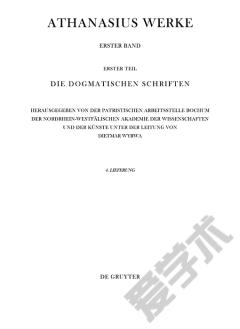Positron Annihilation - ICPA-11
For one and a half decades, the application of positron annihilation to condensed-matter physics concentrated on the study of the fermi surfaces of metals and alloys. As other, often more powerful, techniques for performing this type of study were developed, it appeared that condensed-matter positron physics was going to be relegated to being a niche interest. However, the situation changed dramatically when it was found that measurements of positron annihilation in metals were sensitive to the structures of well-known defects. This discovery, and subsequent research made it a major tool in materials science.Volume is indexed by thomson reuters CPCI-S (wos).
{{comment.content}}








 京公网安备 11010802027623号
京公网安备 11010802027623号